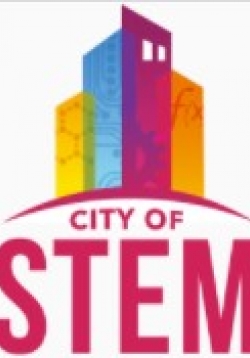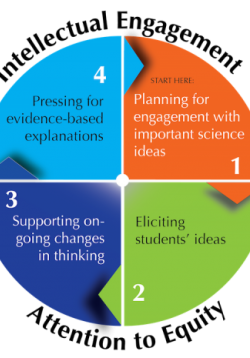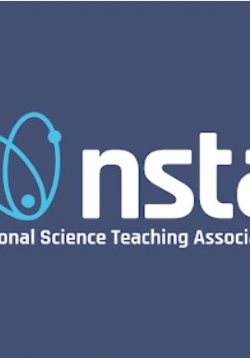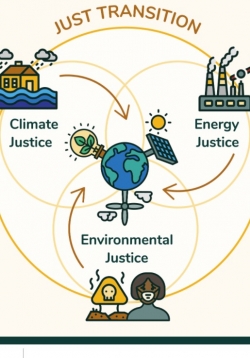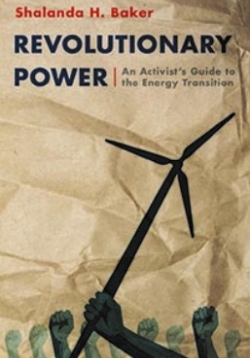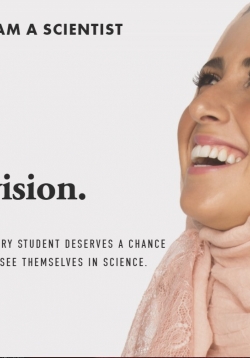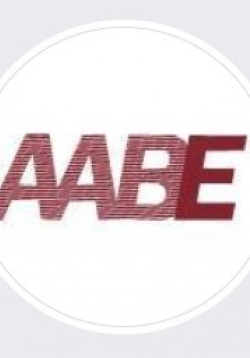
The American Association of Blacks in Energy (AABE) is a national association of energy professionals founded and dedicated to ensure the input of African Americans and other minorities into the discussions and developments of energy policies regulations, R&D technologies, and environmental issues.
The purposes of AABE are the following:
- To serve as a resource for policy discussion of the economic, social and political impact of environmental and energy policies on African Americans and other minorities.
- To ensure involvement of African Americans in governmental energy policymaking by recommending capable sensitive and informed personnel to appropriate officials.
- To encourage both the public and private sectors to be responsive to the problems, goals and aspirations of African Americans in energy-related fields.
- To encourage African American students to pursue careers in energy-related fields and to provide scholarships and other financial aid for such students.
AABE: Energy Knowledge for our Community, our People and our Tomorrow

